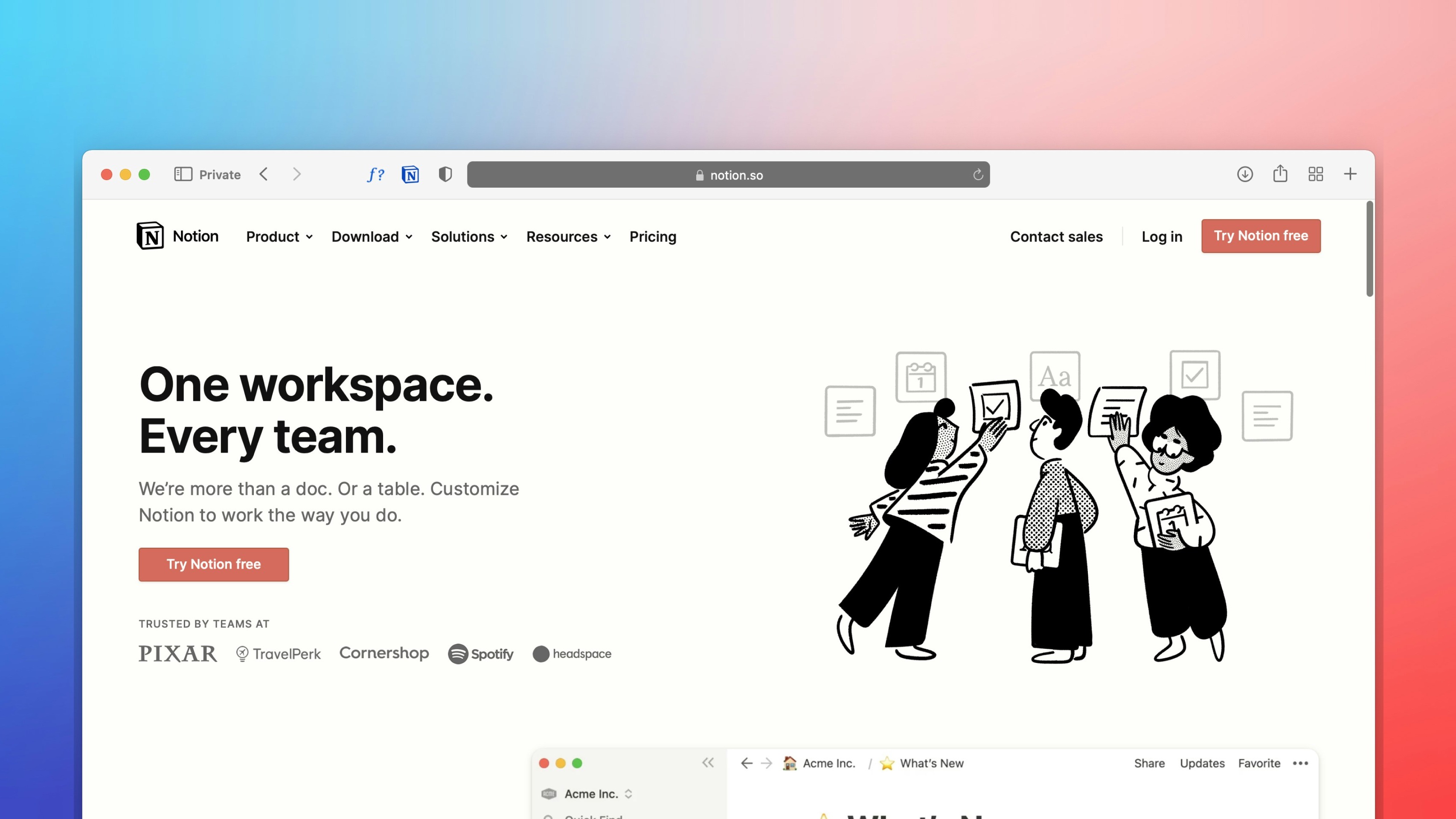 Freelancer tips
Freelancer tips Notion: What It Is, What It’s For, and How to Use It in Your Daily Life
Want to better organize your life and work? Notion can help boost your productivity. Click here to discover what this software is and what it’s used for.



Are you involved in academic or scientific writing as a freelancer? Then you should know everything about APA standards. From what they are and their structure, to how to apply them in creating covers. Following the guidelines of this format is crucial if you want your work to make an impact.
Here we detail what APA standards are and how to create APA standard covers, with clear examples for better understanding.
APA standards are a style of writing accompanied by a set of universal rules designed to communicate information rationally and precisely.
These guidelines were established by the American Psychological Association, which is why they bear its acronym. They were created for the presentation of academic and scientific works in the field of social sciences, including disciplines like sociology, psychology, and education, among others.
APA standards facilitate the interpretation of research. This is why they are widely used in educational works, such as writing essays to organize texts.
APA standards are essential for anyone working with writing, including freelancers. Not only do they demonstrate your skills, but they can also meet your clients' requirements.
Although, you may always have clients who ask you to follow APA guidelines when doing work. Whether it is for writing articles, brochures, reports or any other type of written document.
Suppose your freelance work is part of a collaborative project with researchers or another freelancer. By applying these guidelines, you could facilitate integration and coherence among the different components of the project.
Indeed, APA standards are primarily designed for the academic field. However, getting familiar with them can also benefit you, contributing to the improvement of your professional reputation and the quality of your work.
When presenting a document, there are several elements related to APA standards, the main ones include:
Format. Rules are established for the structure and format of documents, such as type and size of font, line spacing, alignment, and APA margins.
Title and abstract. Includes the topic name, author's name, along with a brief description of the content.
Citations and bibliographic references. There are also detailed instructions on how to cite sources within the text and list them in the references at the end of the page.
Writing style. Ideally, documents in APA format should present clear, concise, and objective writing. Informal language or colloquial expressions should not be used.
Tables and figures. The presentation and labeling of tables and figures also have their guidelines, as well as APA standards for their inclusion in the text and appropriate referencing.
These aspects are some of the main ones within what APA standards cover, ensuring coherence and precision in the presentation of works, whether academic or scientific.
Firstly, it's essential to note that APA standards maintain a specific structure for creating a cover page, which includes:
Page number.
Title.
Author's name.
Institutional affiliation.
Course or subject.
Date.
Instructor's name (optional).
Additionally, there is an optional back cover according to APA standards, but it is not mandatory.
General Format:
Use standard letter-size paper (216 x 279 mm or 8.5 x 11.0 inches).
Maintain 1-inch (2.54 cm) margins.
Use 12-point Times New Roman font with double-spacing. Arial, Georgia, and Calibri (11 points) are acceptable in the 7th edition.
Now that you know the structure and format, let's look at the steps to create an APA 7 cover page:
1. Align the page number (1) in the top right corner.
2. Place the work's title in the center of the page, in bold, not exceeding 12 words, and capitalize the first letter of each significant word.
3. Write the author(s) name(s) directly under the title, centered, using the title's font.
4. If the document is for an academic institution, add the institution's name below the author's name and then its location. Use the same font and center the text.
5. If the work is for a specific course or subject, add this information below the institutional affiliation, centered, and in the same font format.
6. Finally, write the submission date at the bottom of the page. Use the same font used on the rest of the APA cover page, centered.
It is advisable to use Times New Roman or Arial for their readability. Note that you should avoid overly flashy colors or images, and your design should remain clean and professional.
An APA 7 cover page enhances the overall presentation of work. It also demonstrates attention to detail and professionalism to clients, contributing to personal success.
The student cover requires a bold title centered at the top of the page. It should also include the author's name and, if applicable, their institutional affiliation.
You can also include the course or subject name and the instructor's name, all centered on the page. Finally, the submission date is placed at the bottom of the page.
This format is simpler and usually focuses on the academic aspects of the work.
The professional cover has a similar format, but may include additional information relevant to the professional niche.
Besides the title, name, and affiliation, it might include details like position or job title, the name of the company or organization, and contact information. The submission date remains equally important.
This version is designed to showcase the freelance professional's experience and the quality of the presented work.
APA Student Cover Page.

APA Professional Cover Page.

In summary, if you work as a freelance professional in fields requiring the presentation of academic, scientific, or other types of documents, mastering APA standards is essential.
Following these guidelines demonstrates your commitment to quality and professional excellence.
It's crucial to stay up-to-date with this style, just as you would with supportive tools, such as modern apps like DolarApp, which facilitate the management of your freelance income.
Focus on what matters most: creating content that meets your clients' highest standards.

The world has borders. Your finances don’t have to.
 Freelancer tips
Freelancer tips Want to better organize your life and work? Notion can help boost your productivity. Click here to discover what this software is and what it’s used for.

 Freelancer tips
Freelancer tips Project chaos? Learn how Trello can help you organize tasks and improve your productivity.

 Freelancer tips
Freelancer tips ClickUp can make any freelancer more productive. Discover what it is, how it works, and the advantages this tool offers you


